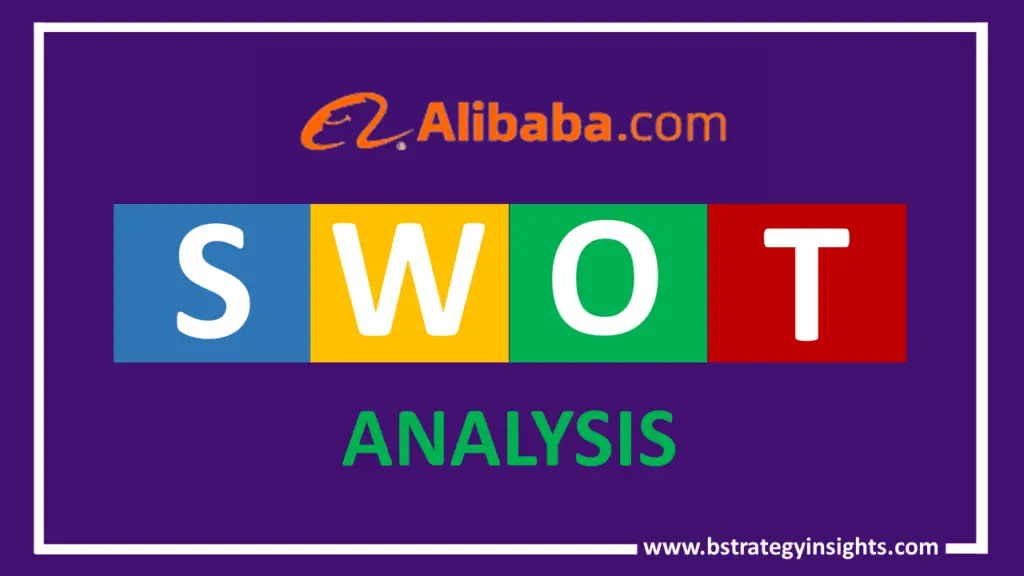
Stripe is a leading online payment processing platform that was started in 2010 by Patrick Collison and John Collison in Ireland before moving to San Francisco in the USA. The company offers an integrated-cloud-based program for all businesses that need to process payments. It has a comprehensive partnership program that offers an extended range of apps that enables Stripe to provide all kinds of financial service solutions and all kinds of payments.
In this article, we cover Stripe’s SWOT analysis which consists of strengths, weaknesses, opportunities, and threats. Before jumping to the SWOT analysis of Stripe, let’s have a look at the brief highlight of the company as below.
Stripe – At a Glance
| Name | stripe.com |
| Website | https://stripe.com/ |
| Founders | Patrick Collison (CEO) and John Collison (President) |
| Chief Executive Officer (C.E.O.) | Patrick Collison |
| Tagline | You can |
| Headquarters | Memphis, Tennessee, U.S |
| Type of Corporation | Private |
| Year Founded | 2010-2011 |
| Revenues (2019) | $21.5 B |
| Key Products/Services | Online Payments, Billing, Fraud Detection, Business Cards, and Capital Requirements. |
| Key Competitors | Braintree, PayPal, Square, 2Checkout, Wepay. |
Stripe’s Strengths
Strong products
Stripe primarily offers cloud-based data processing together with a huge range of applications and solutions. In their quest to satisfy customer’s needs, Stripe has partnered with numerous leading companies to ensure there is no gap in their solutions.
Stripe has a huge technological advantage in API integration and in readily available apps that allows for flexible payment processing. These apps easily integrated with business websites that are customized; they have attracted millions of customers globally who are operating through the company’s network.
Global presence
Stripe has its presence in over 42 countries, operating either directly or indirectly through its partners. Over the last decade that the company has been in existence, it has taken long strides in growing globally as a valuable option for online payment processing. The company has grown to an estimated worth of $36billion. Millions of businesses have their online payments processed through Stripe.
Unique selling position
Stripe’s unique selling position is its clean and open-source API as well as its core technology that enables diversification.
Additionally, the company has recently introduced financing facilities and business cards as therefore emerged as a full-time financial solutions provider.
Strong Partner’s program
In its initial stage of operation, Stripe’s product lacked essential applications that were readily available in the competitor’s products. This would easily see the company lose substantial ground to its competitors. For instance, Stripe lacked a tax calculator in its online payment processing service. To complete the service, the company partnered with developers of online tax calculators to avail an integrated solution for its customers. This among others has helped Stripe deliver a complete experience to customers without having to invest more in developing such applications. Stripe’s strategic partners include Pay, Alibaba, Visa, and Apple among others.
This partnership program has opened more business solutions for e-commerce, corporates, and retailers who want a one-stop-shop kind of solution for their businesses.
A loyal and strong customer base
Stripe has loyal and strong customers in over 135 countries even when their presence is only in 42 countries. Their customers range from small, medium to large corporations. They include Amazon, Zoom, SQUARESPACE, Uber, SHOPIFY, WIX, XERO, Slack, and Hubspot among others.
Investors
While the company was initially founded by two people, its huge success attracted more investors to the company. Stripe has attracted investments from investors like Elon Musk and Pether Thiel among others who have injected in approximately $1.6 billion this far.
Stripe’s Weaknesses
Open-source platform
While Stripe’s major strength is its open-source nature of the platform, this becomes a challenge to businesses and individuals who lack tech skills to develop and customize their products.
API and Apps integration
A huge chunk of Stripe’s functionality is outsourced through its partnership program. For instance, consider the above calculator scenario, if you needed to embed the Stripe payment processor with the tax calculator, you would need to choose another app from those developed by the company’s partners. Additionally, if you needed to customize Stripe’s app, you would need to know some bit of coding or otherwise hire an expert. This not only speaks to a shift in Stripe’s core business capabilities, but also to its core strengths.
Limited international expansion
While the company has its presence in more than 40 countries, it has a long way to go to reach the world. Take for instance PayPal who has a market presence in over 200 countries; Stripe needs to use its strengths and consider strategic expansion for more revenues.
Higher hidden costs
While Stripe has the same standard transaction rates as its competitors, like Square and PayPal, Stripe charges higher when it comes to foreign currency conversion rates by 2%. This is double what its competitors charge for their exchange rates.
Stripe’s Opportunities
Global expansion opportunities
Stripe has only covered 42 countries; the company has the entire globe to conquer. Thankfully, customer’s needs, tastes, and preferences may not vary so widely as to call for a major investment in personalizing the company’s product to the different countries. This opportunity therefore would be affordable but reap more revenues. There is a great opportunity for expansion in the MENA and South Asia geographies where its presence is very minimal.
Public funding
Stripe is a private company and therefore limited in scope when it comes to the sourcing of funds. Analysts had predicted an IPO for Stripe in 2020 which didn’t materialize may be due to the COVID situation. An IPO would offer Stripe great expansion opportunities, increase goodwill and open huge investment gateways.
Product expansion
Stripe recently expanded into the financial and card markets in the US. The company has moved from payment processing to awarding and approving financial and capital products. The financial market is huge with opportunities right from individuals to corporations. The company will need to consider well this investment and launch a well curved out financial solution.
Stripe’s Threats
Negative online reviews due to lack of customer support
While the company enjoys an industry leader’s status, the company has had negative reviews from its customers due to poor customer support. When compared to other of its metrics like value for money, ease of use, and pricing, customer rating is the lowest. Given the nature of social media influence as well as networking, the company risks the loss of its clients.
Stiff competition
Stripe faces stiff competition from its traditional competitors like PayPal and Square among others. The company needs to strategically position itself if it will remain competitive in the long run.
Emerging technologies
The emergence of technologies like blockchain which offer robust solutions for finance and payment processing threatens the existence of companies like Stripe in the long run.
Minimum appeal to retail customers
Unlike its major competitors like PayPal who appeal to businesses across the divide, Stripe has undertaken very minimal appeal to small-scale businesses and individuals. This market is rich given a great majority of businesses lie in this bracket. Additionally, it is these small businesses that eventually grow into huge businesses. This threatens the existence and even expansion of the company.
Conclusion
While Stripe has already taken great strides to achieve an industry-leading position with great products and loyal customers, working on their weaknesses and threats will strengthen their products and position in the market and enable them to take advantage of the opportunities.


